The field of artificial intelligence has given us robots that can beat the world’s greatest Go champions, programmatic assistants like Apple’s Siri and Amazon’s Alexa, and infographics that tell us which celeb looks most like our dog. After decades of research and experimentation, the AI community has finally reached a turning point that’s worthy of the imagination of young people.
There’s a danger in this, though. As AI technology creeps into our daily life, schoolchildren risk being left behind if they don’t understand the basic concepts of AI. The technology will be around for a long time to come, and AI will be a part of our everyday lives from now on. If the current generation of students isn’t introduced to AI early on, they’ll miss out on vital skillsets that could take them to the top of their fields in the future.
The challenge is, how to introduce the students to AI?
Firstly, let help kids go beyond that “AI” stands for “Artificial Intelligence”. What we’re really talking about is the creation of a neural network that can perform tasks and learn from its environment. Once you think about it as this, it comes quite natural to explain to students the basics of creating a neural network. The real challenge for the creation of these networks is in giving them the ability to think independently and abstractly.
The last few years have seen a number of projects that use AI to help kids learn. They range from simple reinforcement learning, such as a computer helping kids learn to play games, to Shimon Whiteson’s effort to teach a computer to read for comprehension. This is one of the core challenges in AI research, eventually enabling machines to explain what they’ve learned to a human in natural language. It’s also one of the hardest.
Perhaps a great step is to listen to the thoughts of AI educator Adrian Tyson, a NSW teacher and co-founder of Neuranext Artificial Intelligence, an organisation that is passionate about helping both teachers and students learn more about artificial intelligence through experiential learning. Learn more here
So, what steps can you take?
Honestly, there are many ways you could take this. However, the lesson sequence below will help the initial conversations around AI & machine learning so that students can build on this knowledge:
- Get students to brainstorm through a series of post-it notes about what know and what they’d like to know about AI. This will help you get a strong understanding of any misconceptions they hold as well as directions that you can take the future lessons.
- Introduce the basics of AI to students through a classroom discussion on the history of AI.
- Have students write down examples in their lives where they think AI has impacted their lives. Discuss their ideas in class and get students to choose topics to research and present a student poster presentation on this.
- At the same time, help students understand neural networks by participating in guided explorations. Try machine learning for kids, Petallica paint (AI colourization of images) & Quick, Draw! (AI drawing guessing game)
- As your students get used to the ideas embedded in machine learning, have a student debate about what the future of AI might hold. You could even challenge students to create a roleplay about a future with AI.
Artificial intelligence is not going to go away any time soon. The likes of Google, Apple and Amazon have been introducing kids as young as 4 to AI concepts through the use of simple games, puzzles and stories. The challenge for us as educators is to consider how might we best prepare students for a shared future with AI. It’s a brave new world, but one filled with opportunities for those who have the tools to navigate it.
Happy teaching,



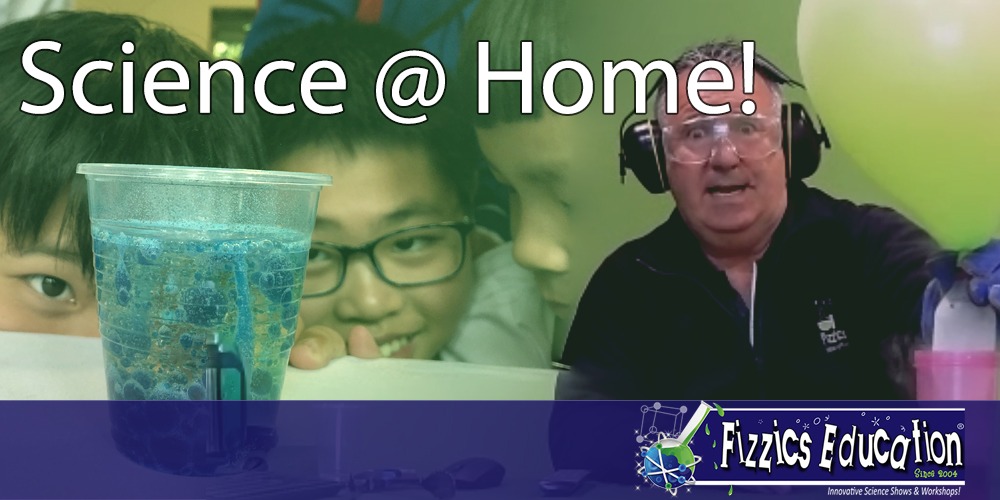
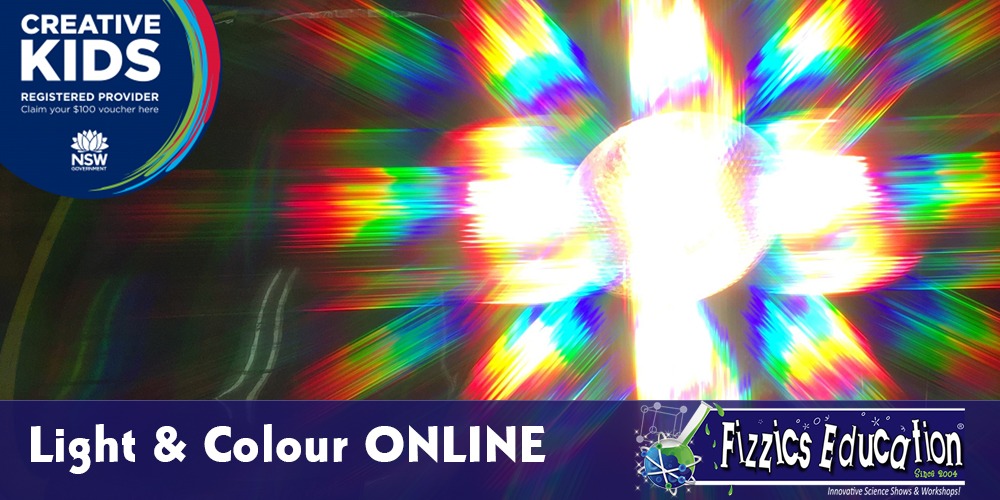
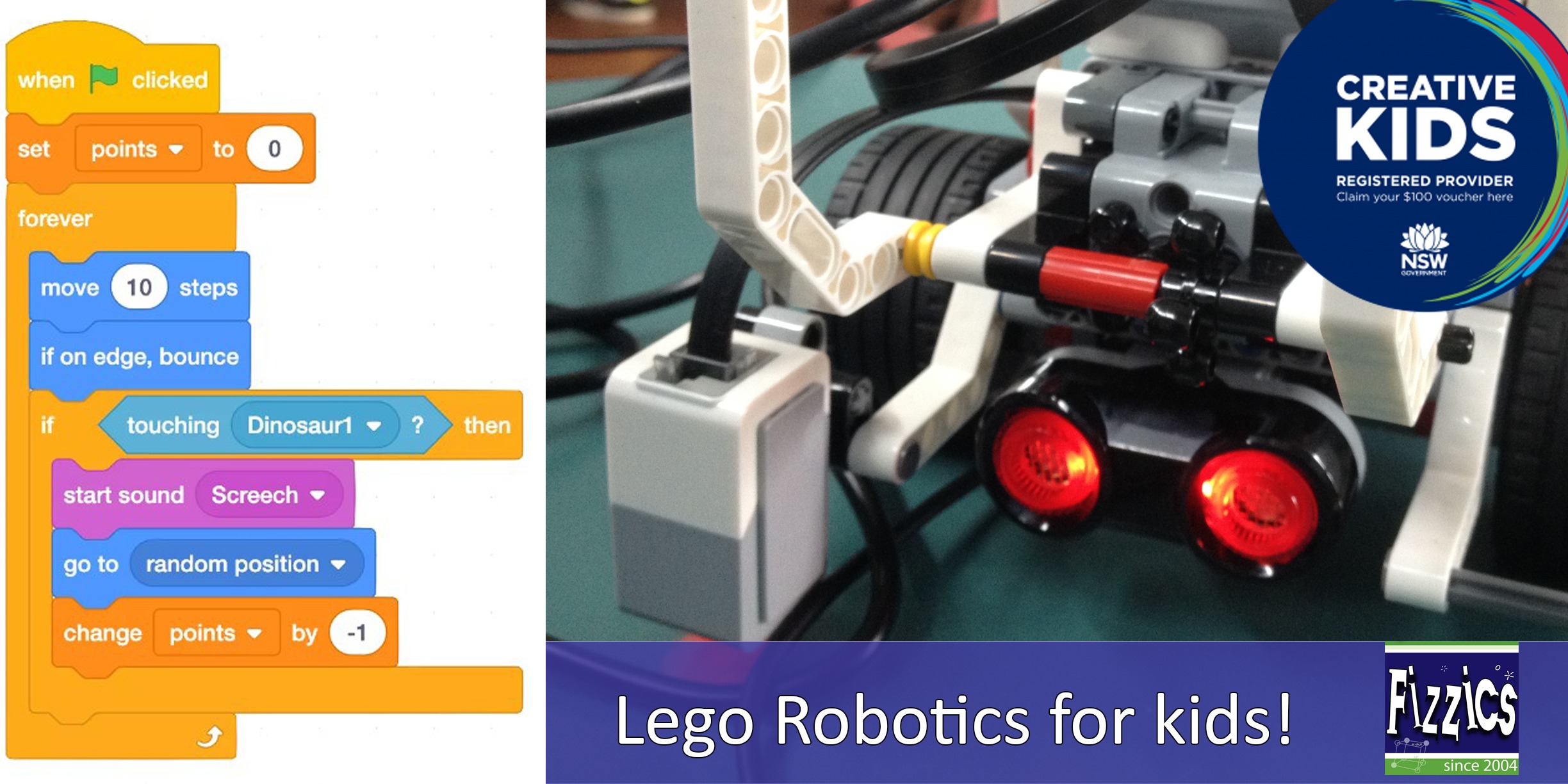
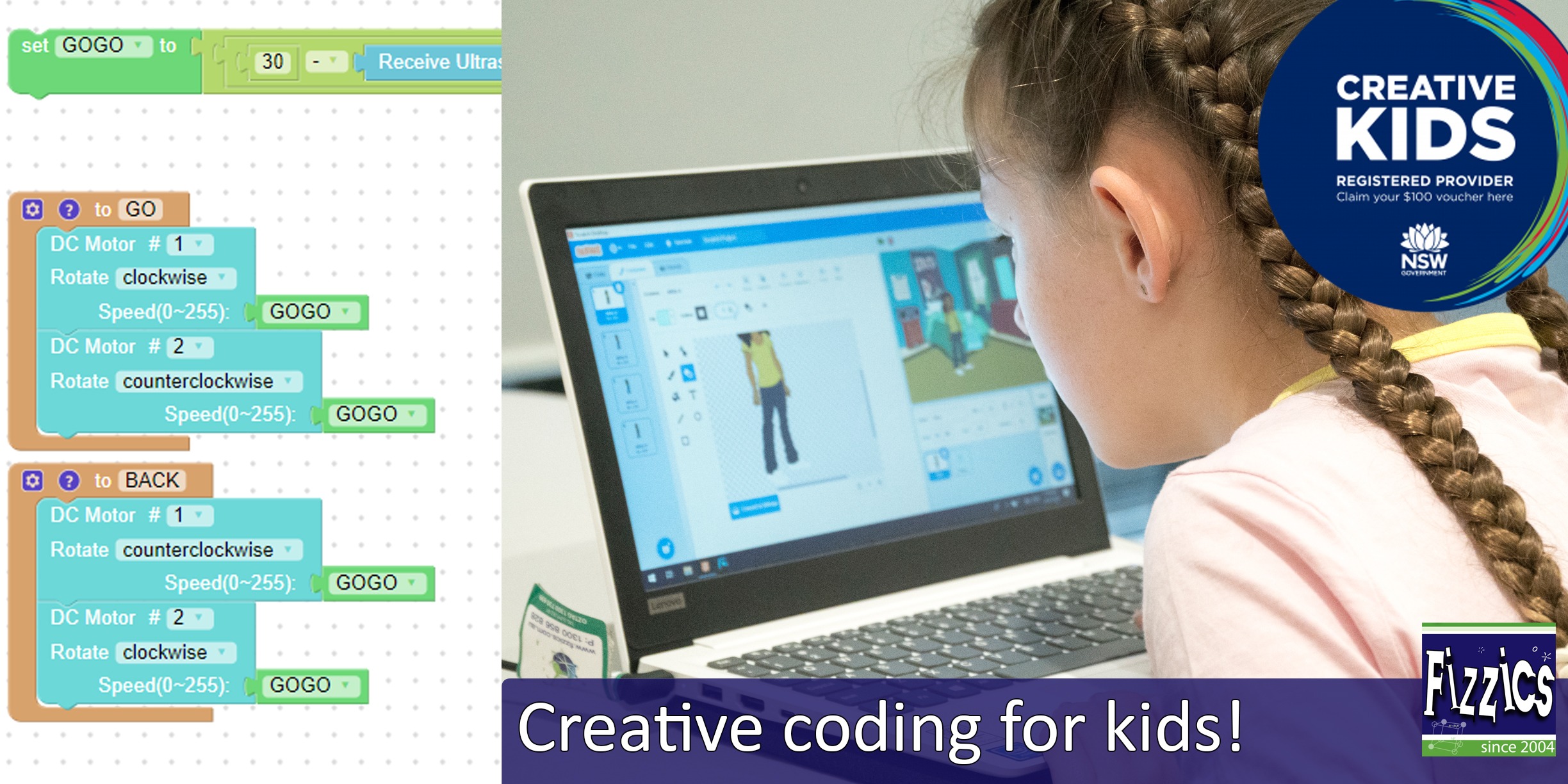
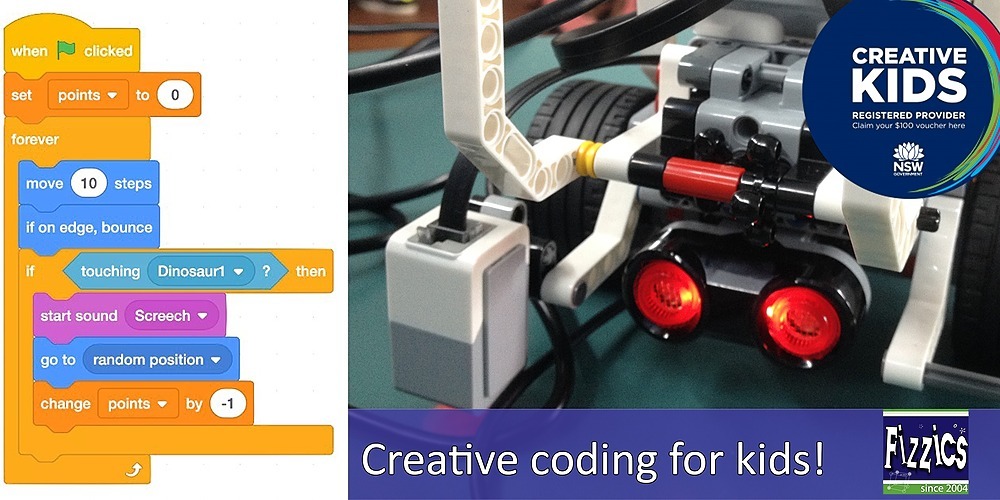





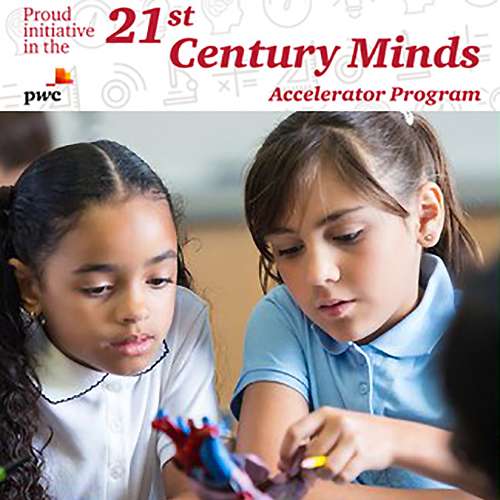







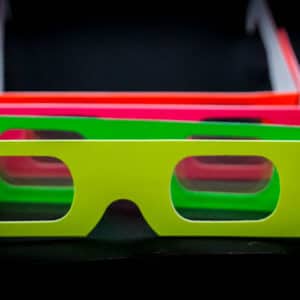



Comments